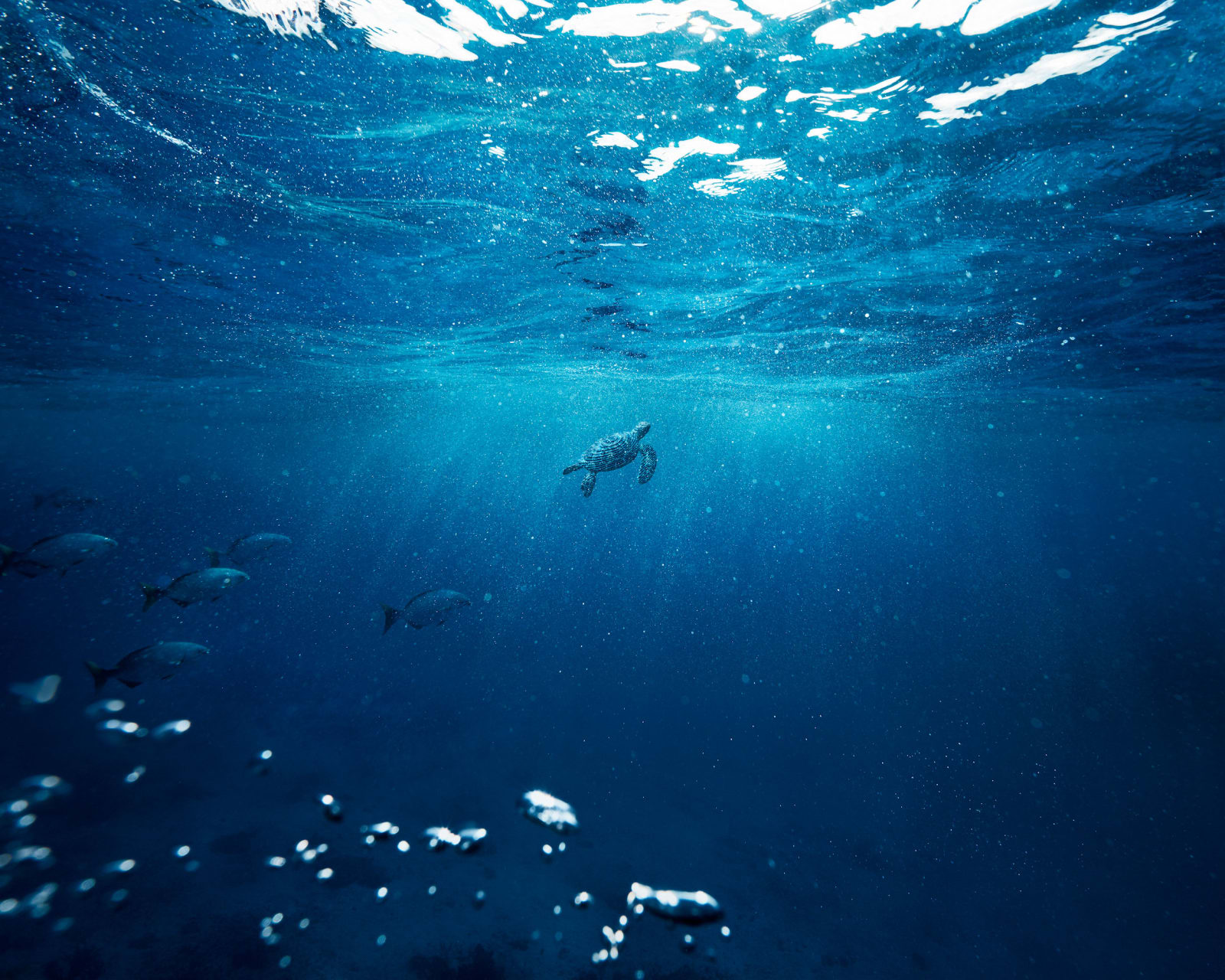Dean West & Nathan Sawaya
38 x 47 1/2 in
48 x 60 in
58 x 72 1/2 in
Known - and hunted - for its distinctive and striking patterned carapace, or shell, The Hawksbill Sea Turtle is one of the most Critically Endangered species on the planet. Having been on the IUCN’s Red List of Threatened Species for almost four decades, the Hawksbill’s status has only deteriorated. Listed as Endangered from 1982 to 1994, it was escalated to Critically Endangered - the organization most threatened category - in 1996 and has remained as such ever since, more than twenty years later.
The outlook for these prehistoric and docile creatures is grim. Despite international awareness of its plight, population trends are still on the decline. It is estimated that the Hawksbill turtle has suffered a loss of more than 80 percent - close to 90 percent in females - in just ten years. Many, if not most, of these catastrophic declines have taken place in some of the turtles most important breeding sites in its global range. Given their fundamental role in marine biodiversity and its ecosystem, losing them would cause a devastating shift in an already delicate balance.









